I’m really excited to share this interview with Valeria Cammareri, a talented iPhone photographer who takes wonderful photos of people. Shooting mostly out on the street, she uses her iPhone to capture emotions and recreate memories. In this interview you’ll learn more about Valeria, and how she tells such great stories through her iPhone photography.

Tell us a little bit about yourself.
I’m Italian, and I live in Milan in the north of the country where I work as a pediatrician.
However, my roots are in Sicily in the south, which is where all my family members were born and have been living for generations until my birth.
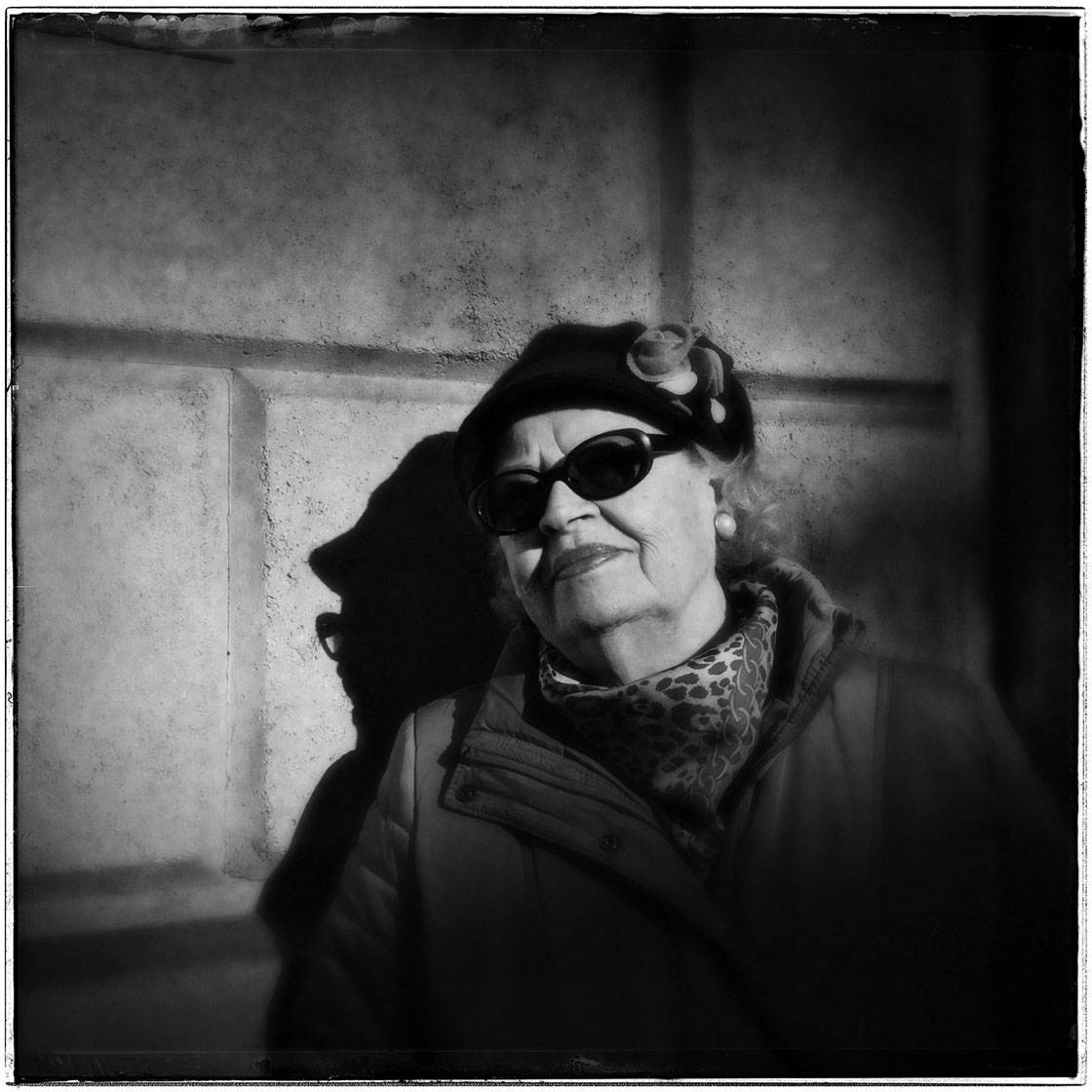
How did your iPhone photography journey begin?
I didn’t cultivate any particular passion for photography until I bought an iPhone in the spring of 2012.
Everything started from there, and at the end of the year I created an Instagram account to post a kind of visual diary.

What inspires you to take photos with the iPhone?
Everything that captures my attention becomes a potential photo and I want to fix that instant forever.
It could be the light, a face, or a situation, and my iPhone constantly helps me to save emotions and turn them into memories.
I’ve never been confident with a camera, but my iPhone made it possible for me to approach photography.

You mostly shoot urban environments and street scenes. What draws you to this kind of photography?
I live in an urban area, and what I’m most interested in are people. I’m not the kind of person to shoot selfies… Lets say that unfortunately I’m not young enough for that.
My interest is in capturing people and their emotions, so I use both strangers and friends, inventing a situation or recreating memories and desires.

I often shoot in the street, and most of my shots are candid, but I’m not a street photographer.
I’m not interested in reproducing or showing reality as it happens, but rather how common situations in everyday life can be perceived as ambiguous and mysterious parts of our own inner world.

What tips do you have for telling interesting stories through photography?
People in my images are often alone, faceless or appear as silhouettes, and this helps to increase mystery and mood.
If by chance there was another person around, I’ll crop the image to remove them. To me, everything starts from the feeling of solitude and mystery as elements of the human condition.
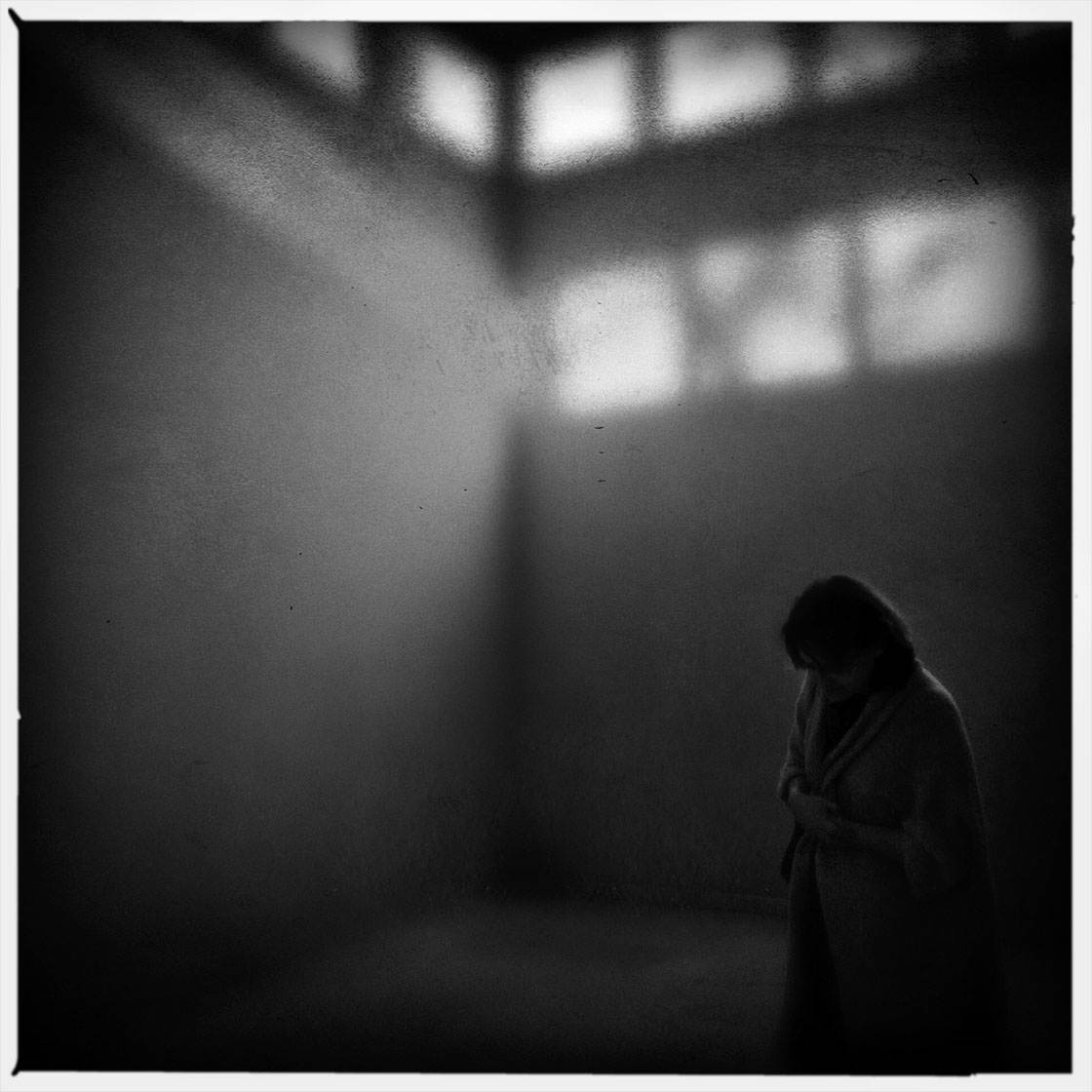
What advice would you give to beginner photographers who are worried about photographing strangers on the street?
At the beginning, we don’t usually get too close. But then we learn that very few people will be aware that you’re taking a photo of them.

It’s quite uncommon to find people looking straight in your face when you’re sitting in the subway or a cafe.
They’re lost in their thoughts, or in their mobiles, or talking to someone else. So, I’d say just do it – it’s easy.

Most of your photos are black and white. What draws you to this style of editing?
The search of a mood, and the intensity that black and white photos carry with them. Also, the extreme elegance and the old style. I’m a vintage soul.

Occasionally you post a color photo on your Instagram feed. What makes you decide to keep a photo in color rather than convert to black and white?
In general, I always attempt a black and white edit to start with. But if I’m not satisfied with the result, I’ll try to give it another kind of life in color.
Another time when I’d keep the picture in color is if there were naturally great colors in the original scene, like a fire or a red piece of clothing.

A lot of your images have a moody and mysterious atmosphere. What kind of techniques do you use to create this kind of look and feel?
A faceless portrait or a person with their back to the camera are my preferred choices in general, or a body detail

It’s about capturing a moment where it’s not clear what’s happening. For instance, if you can’t see what the subject is looking at, that contributes to an ambiguous or mysterious atmosphere.
Then there’s the use of black and white filters, vignette and blur that can help to enhance the mood.

Let’s talk about photo apps. Are there any apps that you use for taking photos besides the native camera app?
I use ProCamera or Squara. Both are very good for manual focus and exposure.
Squara also gives a preview of a black and white edit. They’re easy to use, and are my two preferred camera apps.

What are your favorite apps for post-processing?
I’ve used so many. I usually use them for a long period of time and then switch to another one.
At the moment, Hipstamatic and Snapseed are my preferred editing apps. Occasionally I use Mextures and VSCO. And PhotoCopier is good for vintage edits.

Do you use any iPhone photography accessories?
For a brief period of time I tried the olloclip lenses and a tripod for iPhone, but I’ve abandoned both at the moment.
Tripods can be useful for self portraits, however, I rarely do this kind of photography.

Can you briefly explain the story and editing process behind your three favorite iPhone photos?

The Gradiva (“The Woman Who Walks”) is a novel by W. Jensen published in 1902. It’s inspired by a Roman bas-relief kept in the Vatican Museums. The story is about an archeologist obsessed with a woman depicted in a bas-relief.
He dreams that he’s been transported back in time to meet the girl whose unusual gait captivates him. He sees her walking in the streets of Pompei while the hot ashes of Vesuvius subsume the city in 79 AD.
This novel became the basis for Sigmund Freud’s famous 1907 study “Delusion and Dream in Jensen’s Gradiva.” Freud owned a copy of this bas-relief, and it can be found on the wall of his study in London – now the Freud Museum.
The wonderful bas-relief of Gradiva is one of the most beautiful images I’ve had in my mind since I discovered the fascinating work of Sigmund Freud.
The idea of reproducing the scene with an image tells of how much I feel comfortable in expressing myself and my fantasies through photography.
This image is a blend of two shots taken with ProCamera. The first is my barefoot niece posing close to the stairs, and the other one shows the temple of Segesta in Sicily.
In post-processing I used Image Blender, Snapseed, Distressed FX and Picfx.

This is a tribute to Edward Hopper. In his work the primary emotional themes are solitude, loneliness, regret, boredom and resignation.
Hopper’s solitary figures are mostly women – dressed, semi-clad, and nude – often reading or looking out of a window, or in the workplace.
I had in mind one of his paintings with a woman sitting dejectedly on the edge of a bed, so I asked a friend to pose in the same way.
I had to turn it black and white as the colors weren’t good enough under the lamp light. I used ProCamera to take the photo, and Oggl, Snapseed and PS Express to edit it.

This is a tribute to Alfred Hitchcock’s movie Vertigo. I had in mind Kim Novak and her beautiful hairstyle, so I asked a friend to comb her hair like that and to look upwards.
Then I used the Superimpose app to blend that shot with another photo of a spiral staircase. I used ProCamera to shoot the pictures, and Oggl and Snapseed to edit.
Do you shoot with any other cameras, and if so, when do you prefer to use the iPhone?
I also use a Canon G15. But in general, the iPhone is a must for candid shots like those taken in subways, coffee shops and restaurants.
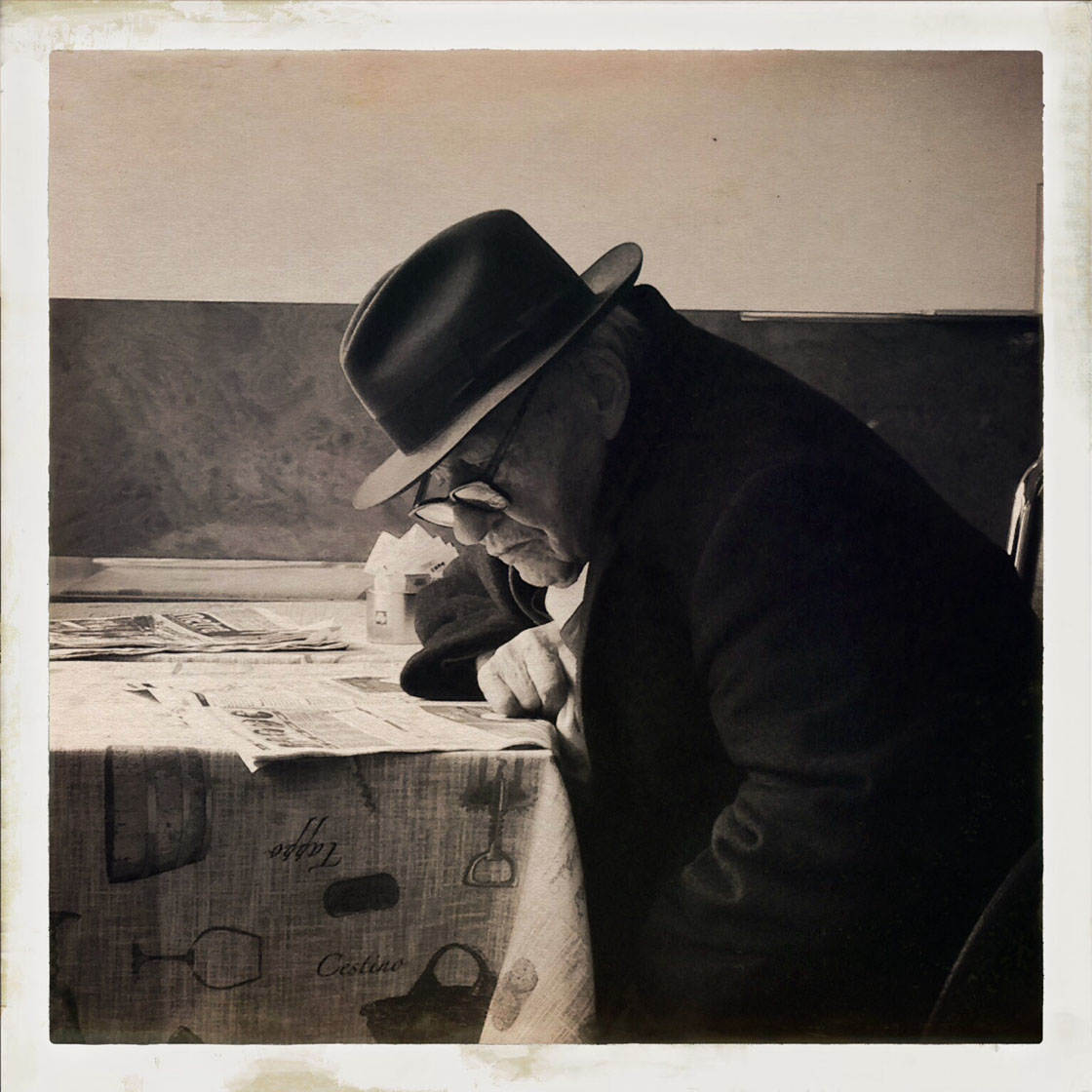
It’s also perfect for outdoor images in good light conditions. For indoor photography, it works well if the subject is close to a window or there’s a strong artificial light source.
I find that the greatest limitation of my iPhone 5 is the noise (grain) that you get in photos taken in low light conditions.

However, I can mask it with apps that reduce noise, like PS Express. Or with apps that add textures and grain – as long as the meaning of the shot supports this kind of edit. This usually works well for moody shots.
Another limitation of the iPhone is the battery. I shoot a lot, and the energy required is really too much for an iPhone. So I have to take an external battery with me to charge the phone when the battery gets low.

I can deal with that easily if I’m at home, but not when I’m traveling and shooting hundreds of images each day. That’s why at the moment most of my photos taken when traveling aren’t taken with the iPhone.
I do hope that the upgrade to the iPhone 6s will solve at least the limitation related to the noise issue. I’ve seen wonderful images taken indoors with the iPhone 6s, and cant wait to get one.
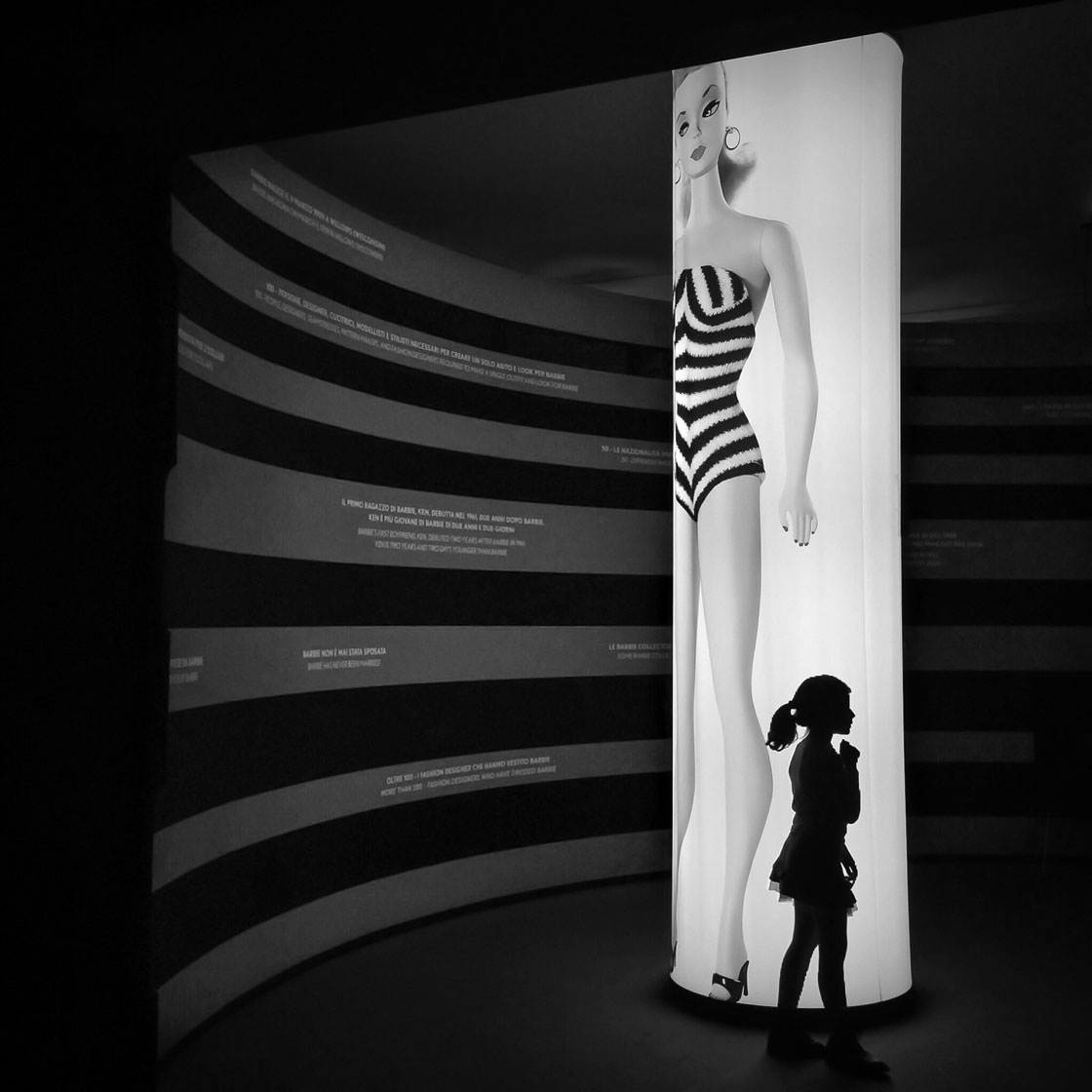
You’re a keen user of Instagram. What does this online community mean to you, and what effect has it had on your iPhone photography?
Instagram gave me the opportunity to discover a passion. For the last three years I’ve been posting more or less daily what’s captured my attention.

I’ve met hundreds of talented photographers, and I’m deeply grateful to the community for the encouragement and support that I’ve received.
For sure, without Instagram I wouldn’t be the kind of photographer I am today.

What tips do you have for beginner iPhone photographers who want to start taking more creative photos with their iPhone?
Scroll through as many galleries as you can – Instagram is full of talented and inspiring people. It’s very important to look at what others do
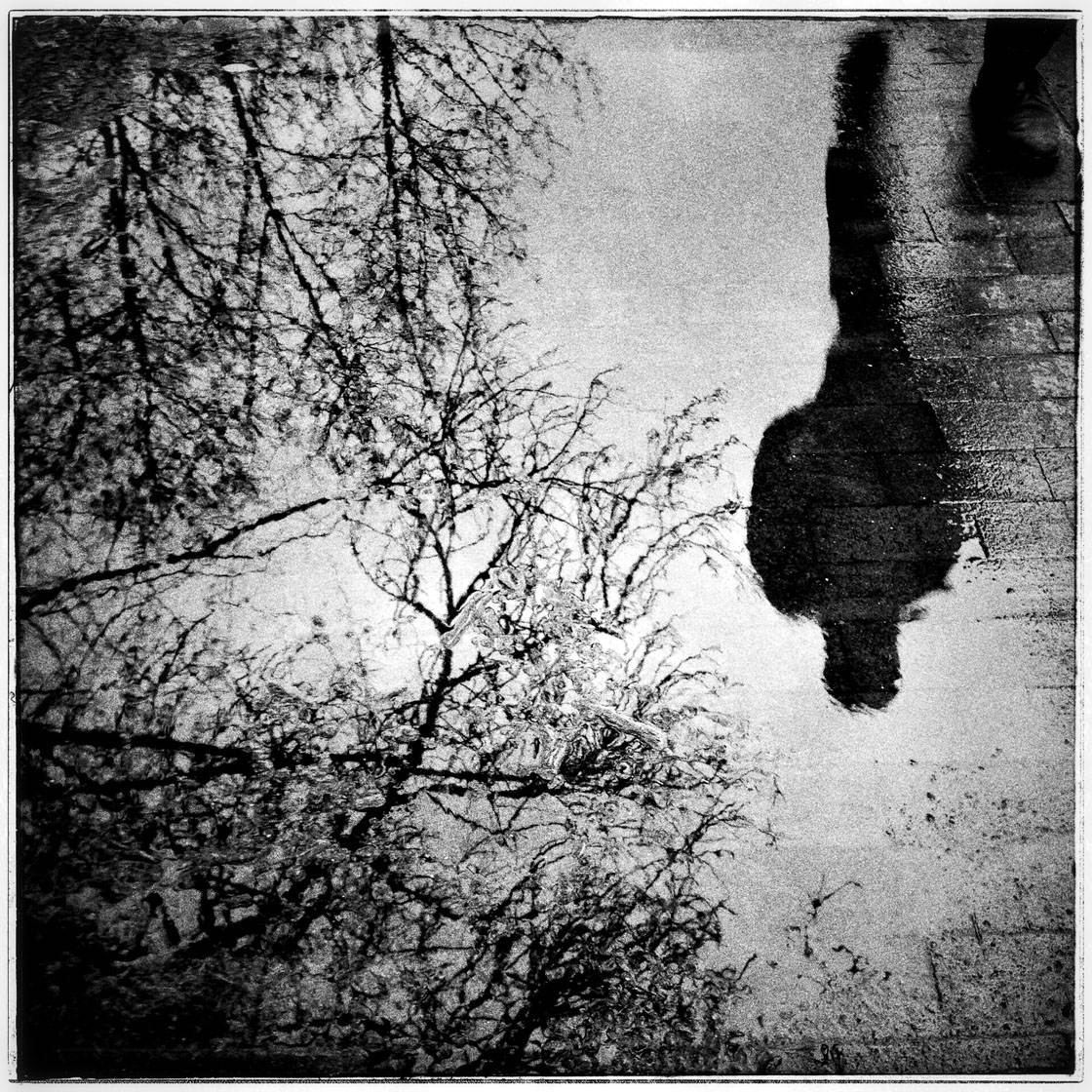
Study their galleries and ask them which apps they use – Instagram is a community where each of us can learn from others, and where we can teach to someone else.
When shooting, don’t put too many things inside the frame, and crop so that useless details are eliminated. Edit with apps that are easy to use, like Snapseed, Squara and Hipstamatic.

Which iPhone photographers do you admire the most?
A list of photographers that I deeply admire would be very long, but I think many of them are also experimenting with a camera so I won’t nominate them.
@johnniecraw, @lumenaire, @emencher, @eauditalie and @koci are pure iPhone photographers for sure. Their style is unique and I look at them as a continuous source of inspiration.

Where can we see your iPhone photography?
You can find my photos on Instagram @_soulkitchen_ and I’m also a member of the Grryo Collective (www.grryo.com) which is a community of storytellers.



Thank you Valeria for sharing your incredible photography with us 🙂
Brava! A most interesting interview with a fascinating lady. Thank you!
Glad you enjoyed this interview Susan! I really love Valeria’s approach to photography and she makes you realize that a great photo is more than just a nice looking scene – it’s the story and emotion that you create that really grabs the viewer.
Great article thank you, I found it so interesting my favourite genre is people/portraits, I would like more on this subject and would love it if on occasions rather than saying what apps were used if a few photos possibly could say what adjustments were made using those apps, I know I learn from seeing how a photo has been edited. Thank you
brava Valeria, a wonderful piece about you, and I loved seeing all of your photos (again!) and learning about their back-stories – so good my friend!
I’m so happy to hear you enjoyed this interview with Valeria! 🙂
Valeria, great interview and insight in your vision and process. I started shooting many years ago on film but gave up when work, kids and life got in the way. The phone and mobile postprocessing revolution changed everything and brought me back to my passion. Thank you for sharing.
I’m so happy to hear that you iPhone photography passion has been re-ignited, Patrick! 🙂